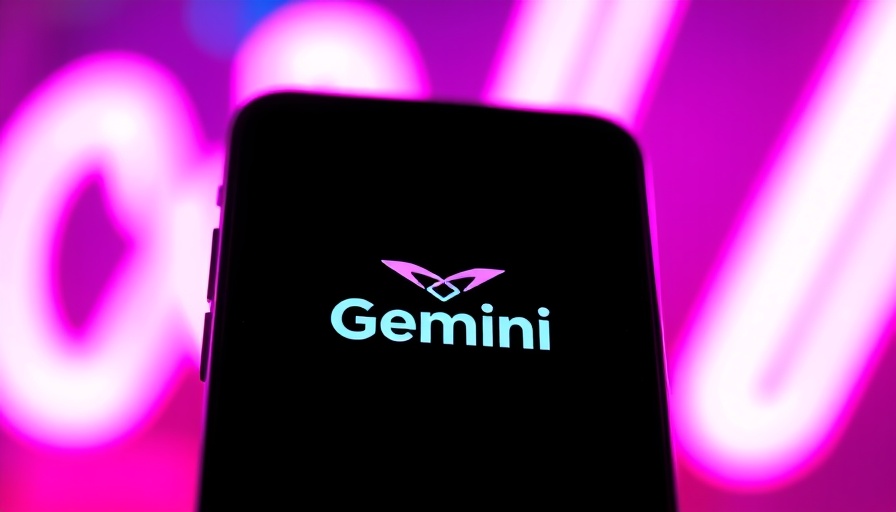
The Future of Video Generation with xAI and Hotshot
In a world where technology evolves at lightning speed, text-to-video capabilities are rapidly changing the way we create and consume content. Elon Musk’s AI startup, xAI, recently made headlines with its acquisition of the innovative video generation project, Hotshot. This move signifies a major step forward in AI video technology, particularly with its implications for social media users and content creators.
What Does Hotshot Bring to the Table?
Hotshot has been a pioneer in developing AI models that convert text into engaging video content. Their three main models—Hotshot-XL, Hotshot Act One, and Hotshot—are designed to revolutionize how we think about learning, communication, and entertainment. This acquisition offers xAI access to advanced resources and significantly enhances their video generation capabilities, allowing users on the X platform to create videos directly from text prompts.
Why This Matters for Parents and Children
This integration could have far-reaching consequences for parents and their children. With video becoming an increasingly preferred medium for learning and storytelling, parents might find value in an app that allows their kids to transform written stories into vivid video presentations. These developments could inspire creativity in children and make educational content more engaging.
Connecting AI Technology and Play
As technology progresses, children are likely to engage more with platforms like the xAI Grok chatbot. Utilizing AI to turn their thoughts and ideas into imaginative videos can foster an environment where creativity meets learning. This could potentially streamline the process of educational storytelling, making complex subjects accessible and fun for young learners.
Safety Concerns in The Age of AI
However, as parents embrace this burgeoning technology, they must remain vigilant about online safety. The potential for misuse—like cyberbullying or exposure to inappropriate content—looms large. It’s essential to discuss digital literacy with children, ensuring they understand the implications of sharing their creations online.
The Power of xAI's Colossus Supercomputer
At the heart of this venture is xAI’s “Colossus” supercomputer, which hosts a staggering 200,000 Nvidia H100 GPUs. This kind of processing power enables the development of cutting-edge AI applications. For parents interested in the tech world, this impressive infrastructure signals an exciting journey into a new era of digital interaction and content creation.
Looking Ahead: What’s Next for Video AI?
With xAI’s backing, Hotshot’s text-to-video technology is just the beginning. As Elon Musk has remarked, "Cool video AI coming soon!" This hints at future features that could significantly enhance how users, including kids, interact with the platform. As technologies improve, the capabilities of content creation will expand, potentially leading to a new wave of creativity among young users.
Get Involved: How to Embrace this New Era of Creativity
As this technology continues to emerge, it’s wise for parents to involve their children in conversations about creativity and safety online. Encourage your kids to experiment with video creation, understanding both the artistic side and the responsibility that comes with sharing their work. This combination of creativity and education can prepare them for a future dominated by digital storytelling.
The acquisition of Hotshot by xAI offers a glimpse into a future rich with creative possibilities. Parents looking to help their children navigate this evolving landscape should focus on fostering both artistic expression and digital safety. Embrace the change, engage your children’s imagination, and help them become part of this exciting story of technology and creativity.
 Add Row
Add Row  Add
Add 




Write A Comment